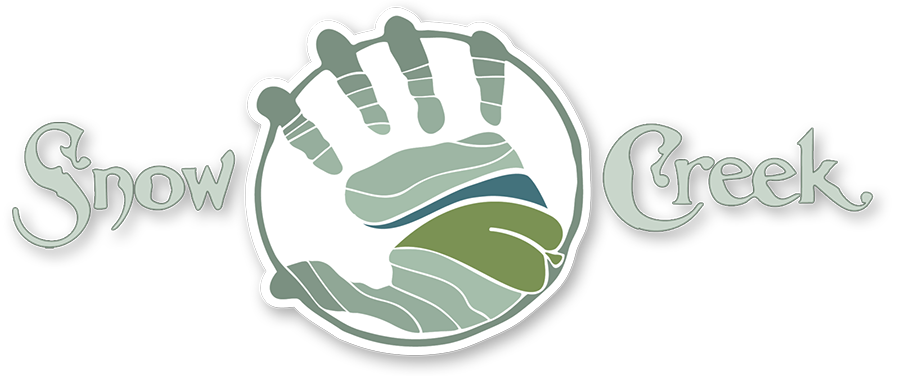Nifty Shade Plants
In the natural world, there are areas of light and dark, moist and dry, and plant and animal species are adapted to live in specific, sometimes narrow, ranges of environments. Because plants that are suitable for shady areas are not showy in the typical garden center flower way, they are all too often overlooked. For success when landscaping shady areas, one needs to choose plants that grow well in low light or dappled sun and the native species listed below, are perfect for this situation and will bring a sophisticated beauty to your yard.
Foamflower (Tiarella cordifolia) – Pretty heart-shaped leaves form a 12-15″ mound, with tiny greenish-white bell-shaped flowers on a slender stem that extends 12″+ above the leaves. Trouble free and can take some sun.
Graceful Solomon’s Seal
Solomon’s Seal (Polygonatum biflorum) – Graceful, arching stems with dainty flowers that dangle along the stems, underneath the leaves. Turns an attractive yellow in the fall. Good for part to full shade in average, moist soils. Slowly forms colonies.
Dwarf Crested Iris (Iris cristata) – Sweet, small 3-6″ iris with beautiful blue flowers. Clump forming, best in rich soils in part shade. Grows well on well-drained banks, too.
Wild geranium
Wild Geranium (Geranium maculatum) – Interesting lobed leaves with attractive lilac/pink flowers. Spring bloom. Grows well in sun to shade in moist soils. Seeds about, but not in annoying way.
Maidenhair fern
Northern Maidenhair Ferns (Adiantum pedatum) – Beautiful fern, 1.5 to 2′ tall with lacy fronds. Grows in moist, heavy shade and though slow-growing, will form large clumps over time. Nice for woodland plantings.
Wild Ginger
Wild Ginger (Asarum canadense) – A stemless plant that has two mottled leaves with a 6″ or so spread. Easily grown in average, medium to wet, well-drained soil, in part shade to full shade.
Allegheny Spurge (Pachysandra procumbens) – Nice 8-12″ ground cover with matte blue-green leaves mottled with purple and white for a variety of shady locations in the landscape including areas under trees, foundations, around shrubs or along walkways. Better than the typical Pachysandra, which is an Asian introduction.




